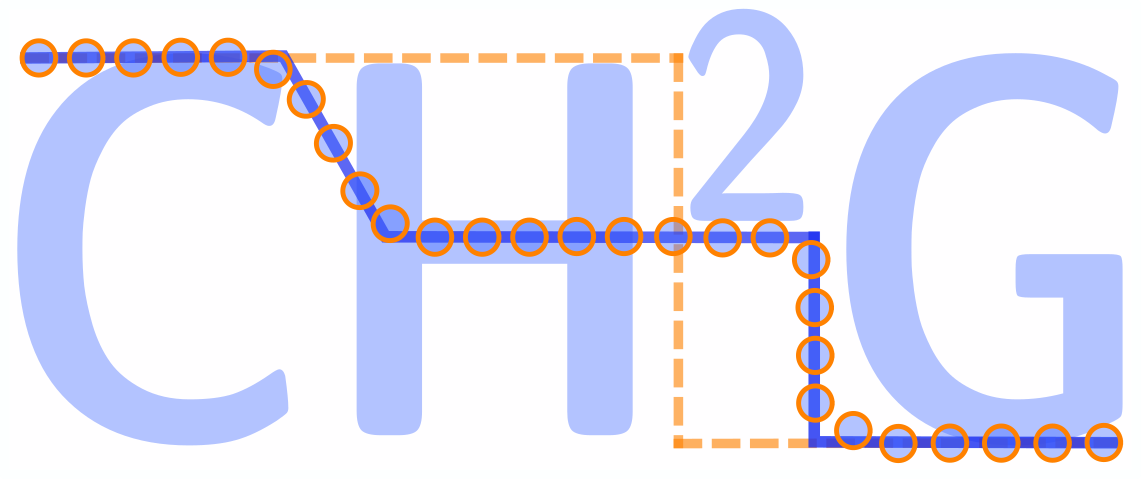Computational tools and optimization strategies through Artificial Intelligence for the prediction of hydro-morphodynamic risks and Climate Change scenarios. (PREDICTHIA)
Computational tools and optimization strategies through Artificial Intelligence for the prediction of hydro-morphodynamic risks and Climate Change scenarios.
This project is focused on the development of cutting-edge efficient simulation and optimization tools for solving complex hydro-morphodynamic surface processes that directly affect the management of natural resources, the evaluation and mitigation of risks and the environment conservation in a context of rapid climate changes. Geophysical surface processes modelling has grown in the last 10 years and this tendency is accelerating and expanding, taking advantage of the new computational technologies and addressing new challenges, especially those related to climate change and sustainable use of natural resources. Under this approach, this proposal, despite being intended as a non-oriented research project, will provide novel solutions to relevant environmental problems by developing novel modelling strategies that allow the accurate characterization of different surface flow processes in realistic temporal and spatial scales. The proposal combines complex mathematical and numerical modelling, high performance computing (HPC) technologies and advanced optimization based on artificial intelligence (AI).
The present project will contribute to the following Sustainable Development Goals (SDG):
6.6 – 11.5 – 13.1 – 15.1 – 15.3.
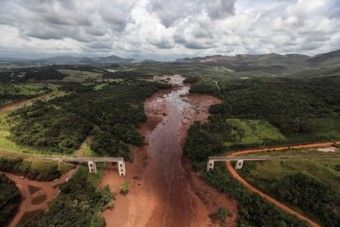
Brumadinho, Minas Gerais (Brazil), 2019
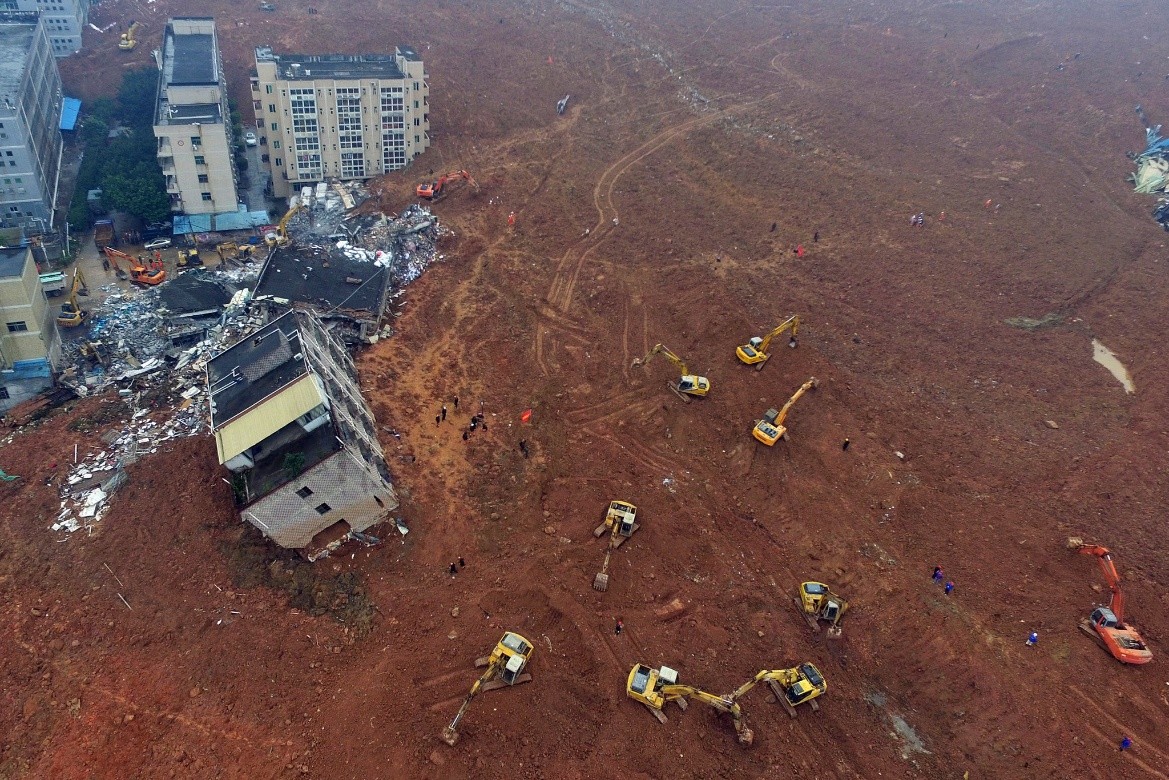
Shenzhen (China) 2015
Objectives
The main objective of this research project is the development, validation and calibration of computational tools combined with optimization and control algorithms, based on AI strategies, which will be able to predict hydro-morphodynamic risks under climate change scenarios. The potential range of applications of such a tool, capable of providing efficient forward solutions, and also a novel instrument to solve control and parameter identification problems is huge, and does not exist so far because of the intrinsic complexity and the various expertise it requires, that the team involved in this project combine in a unique fashion.
The development of this robust computational platform for the control of environmental flows needs to combine the following elements, which are regarded as the specific objectives of the project:
1. Modelling and experimentation with complex surface flows. Development of improved mathematical formulation supported by laboratory data of:
1a. Turbulent/viscoplastic flows with transient properties, suitable for oils spills, mine tailings and muddy flooding.
1b. Erosive sediment-laden flows and soil loss, in order to obtain suitable mathematical description of environmental soil loss processes.
1c. Multiple-layer flows and non-hydrostatic effects, in order to improve the vertical description of the dynamics in heterogeneous flows.
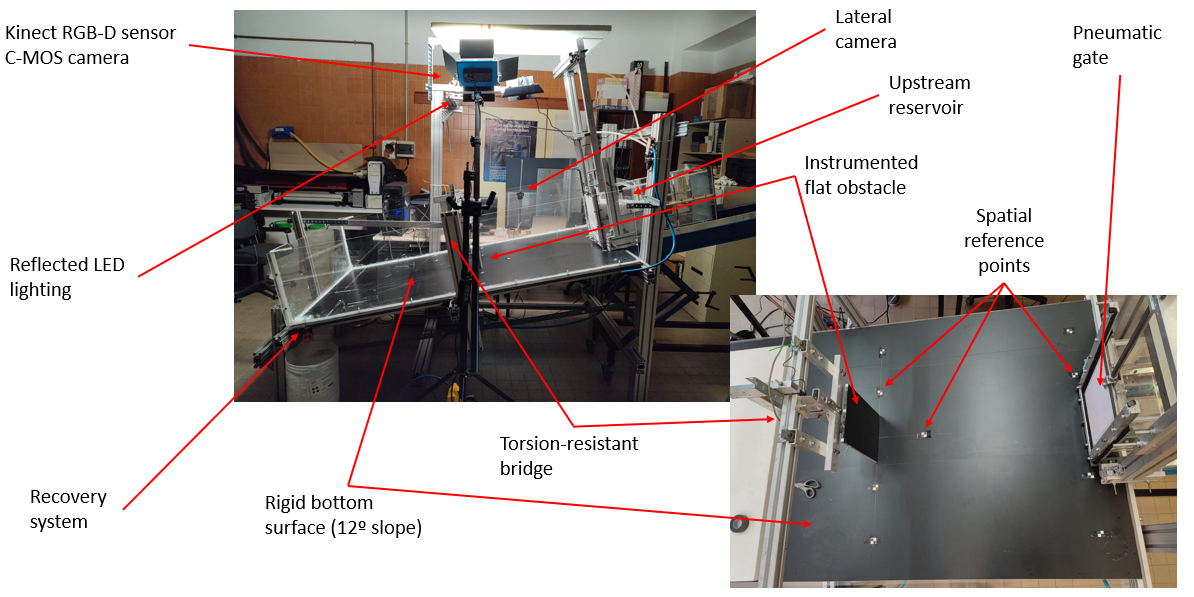
Experimental setup
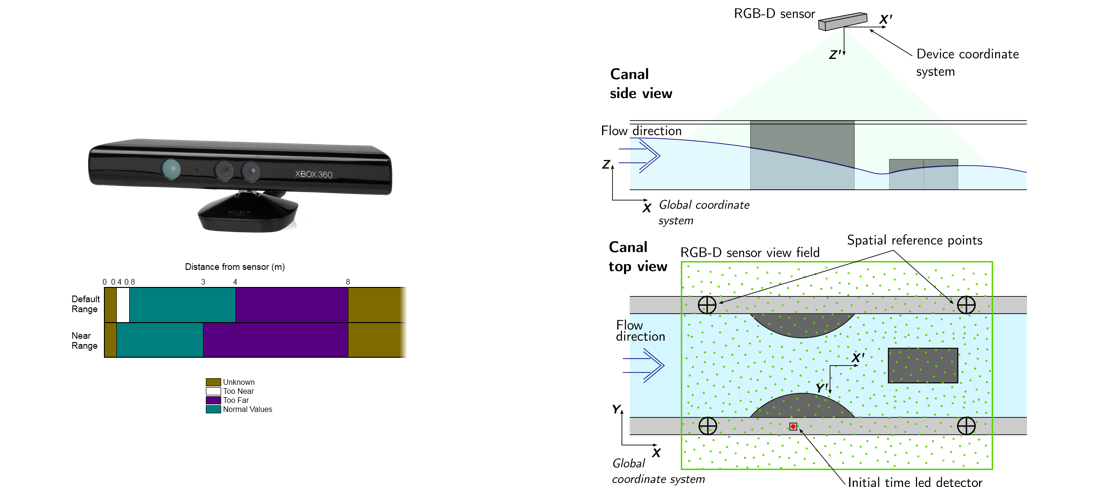
Transient water surface capturing through RGB-D sensors
2. Improvement of numerical schemes and efficient programming. Implementation of cutting-edge computational strategies of:
2a. High-order numerical approximations for the novel mathematical systems developed.
2b. GPU and multi-GPU programming, in order to reduce the computational time required.
2c. Validation of numerical models with experimental data to ensure the robustness and suitability of the new tools generated.

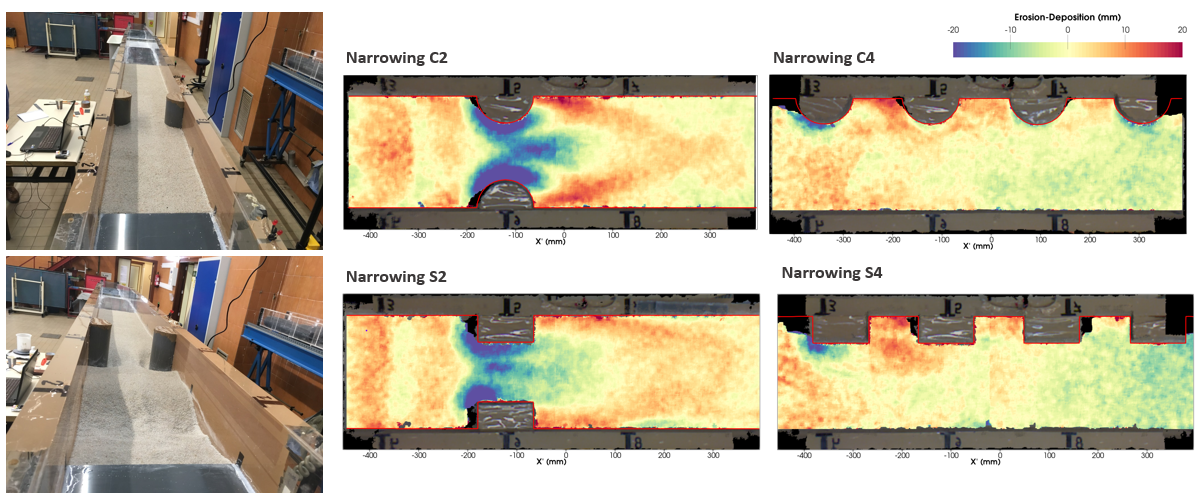
3. Calibration and optimization of computational tools. In order to release simulation packages ready to be transferred to society for practical scientific purposes, based on:
3a. Artificial intelligence techniques applied to parameter calibration, allowing the optimal application of these computational tools to realistic geophysical problems.
3b. Adjoint based gradient-descent algorithms applied to control and regulation, to design optimal strategies for the reconstruction of realistic initial and boundary conditions and opening a new field of application for these simulation tools.
3c. Application of computational tools to large-catchment scales, in order to generate application guides and to demonstrate the capabilities of these novel tools for the scientific and management community.
Team
Research Team
Pilar García Navarro
PhD Physics. Full Prof
Team leader
Mathematical and numerical modelling of surface flows
Pilar Brufau
PhD Physics. Prof.
Mathematical and numerical modelling of surface flows
Ignacio García Palacín
PhD Eng. Prof.
Experimental techniques in fluid mechanics
Sergio Martínez Aranda
PhD Civi Eng. Assist. Prof.
Experimental techniques in fluid mechanics
Numerical modelling of surface flows
GPU programming
José Luis Gracia
PhD Maths. Lecturer
Machine learning techniques
Adjoint methods
Mario Morales Hernández
PhD Maths. Assist. Prof.
Numerical modelling of surface flows
Adjoint methods
GPU programming and HPC techniques
Work Team
José Segovia
Pablo Solán
Pablo Vallés
Juan Mairal
